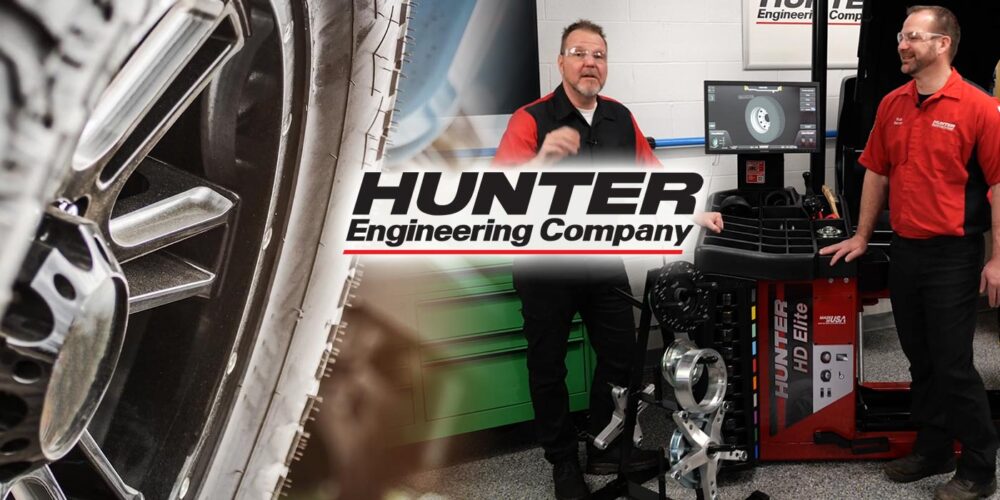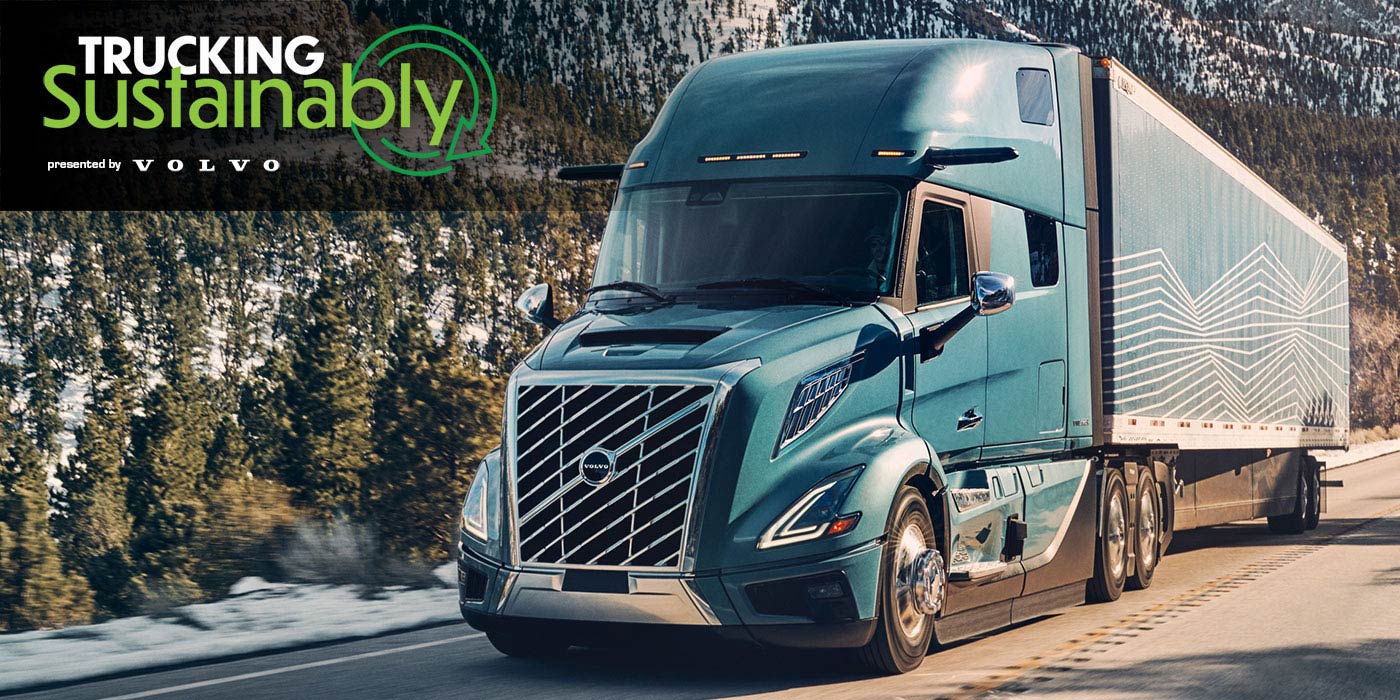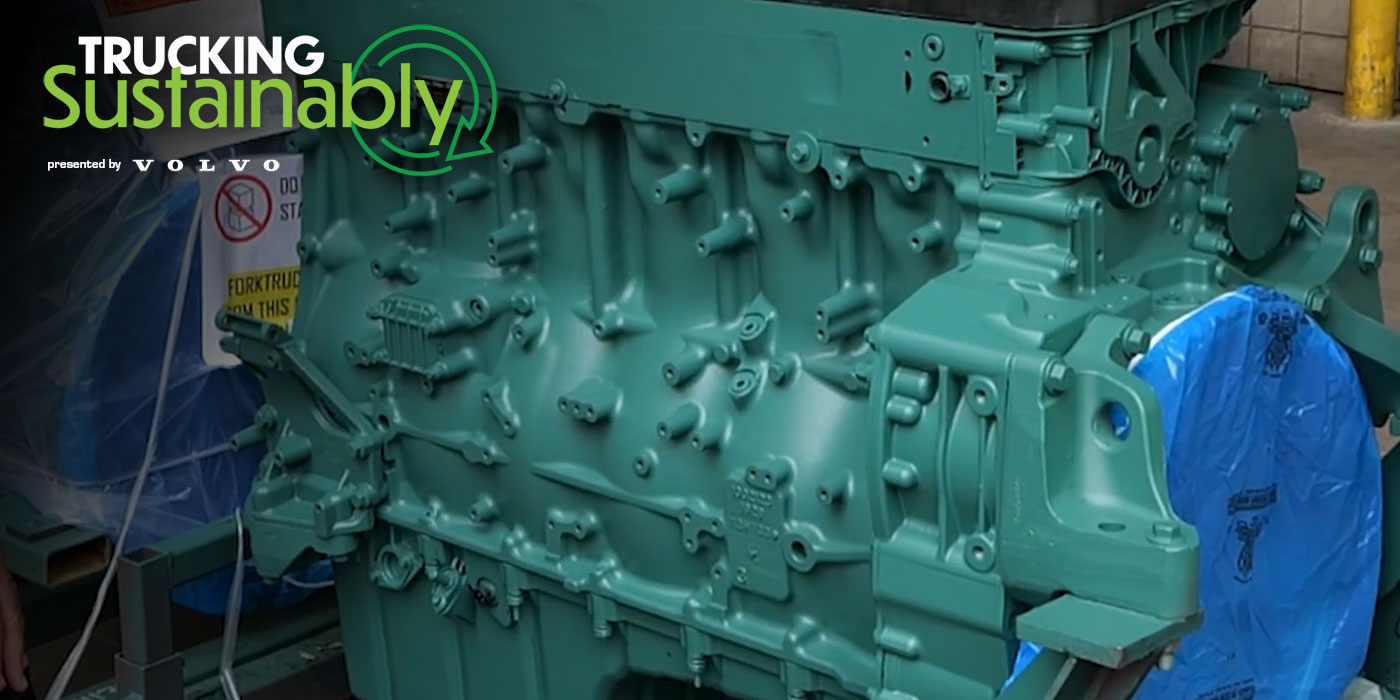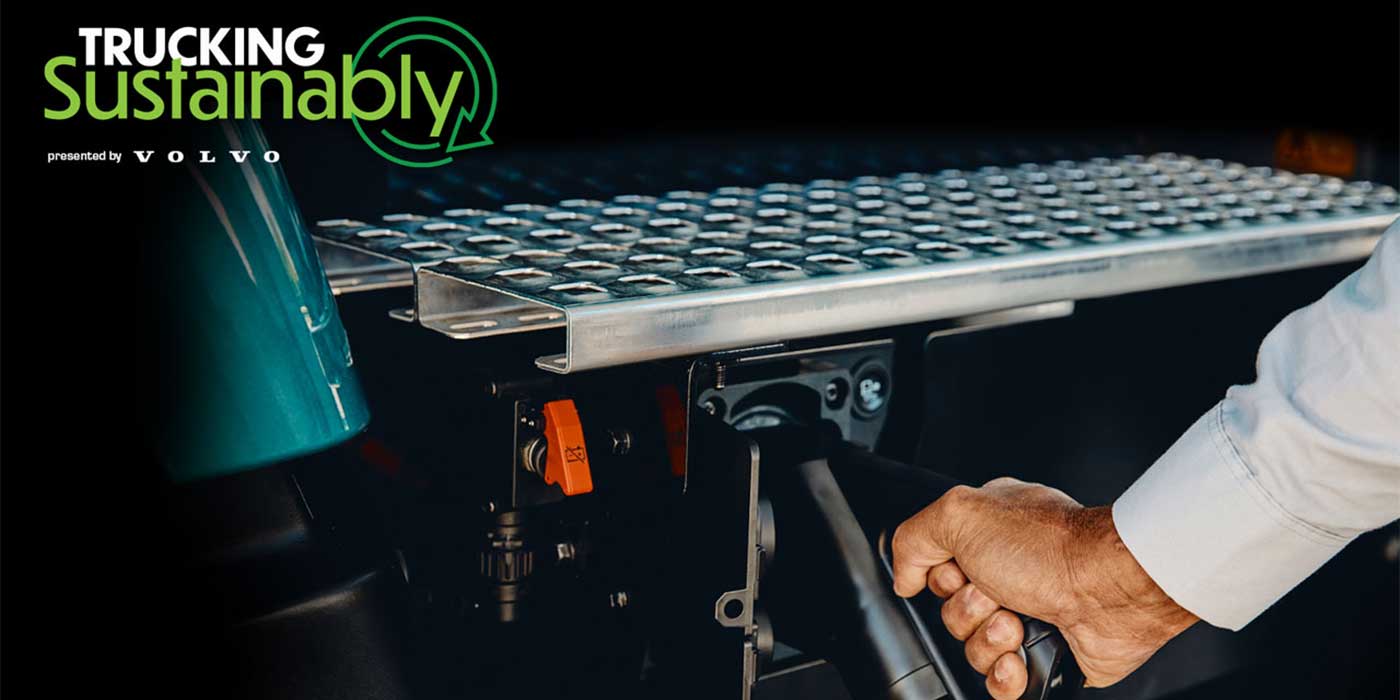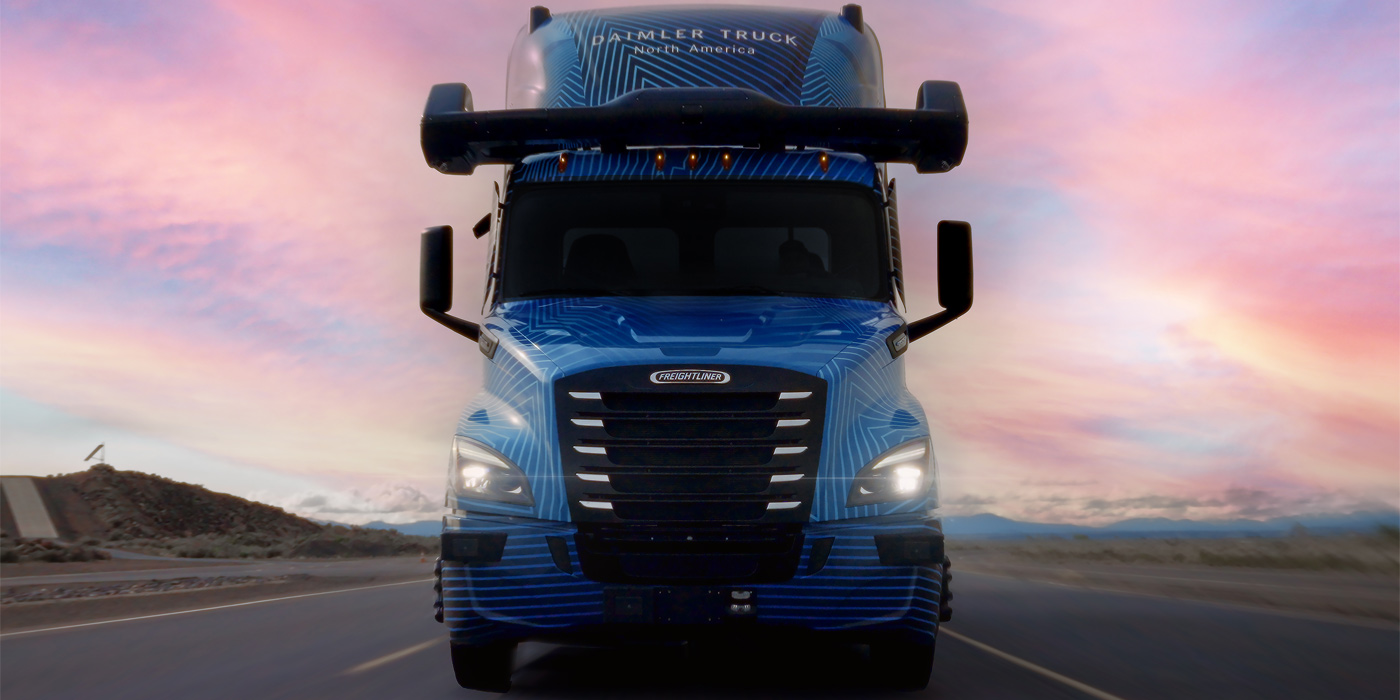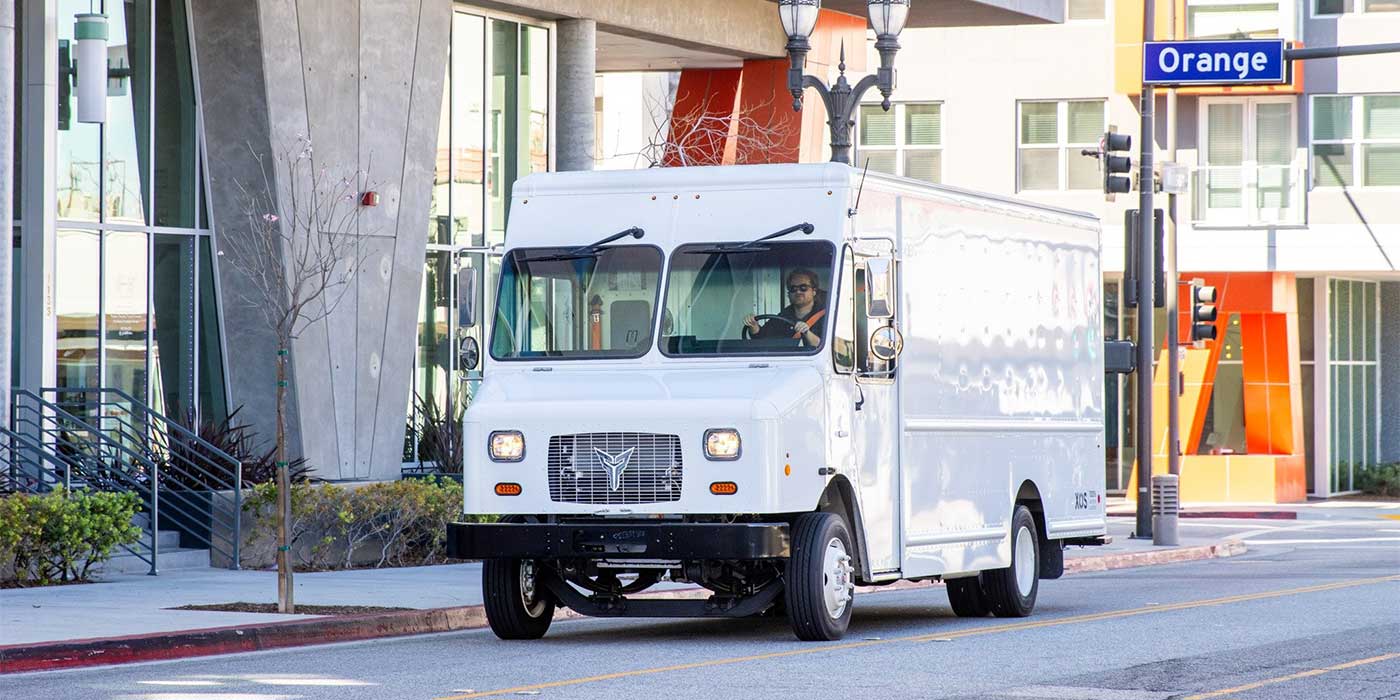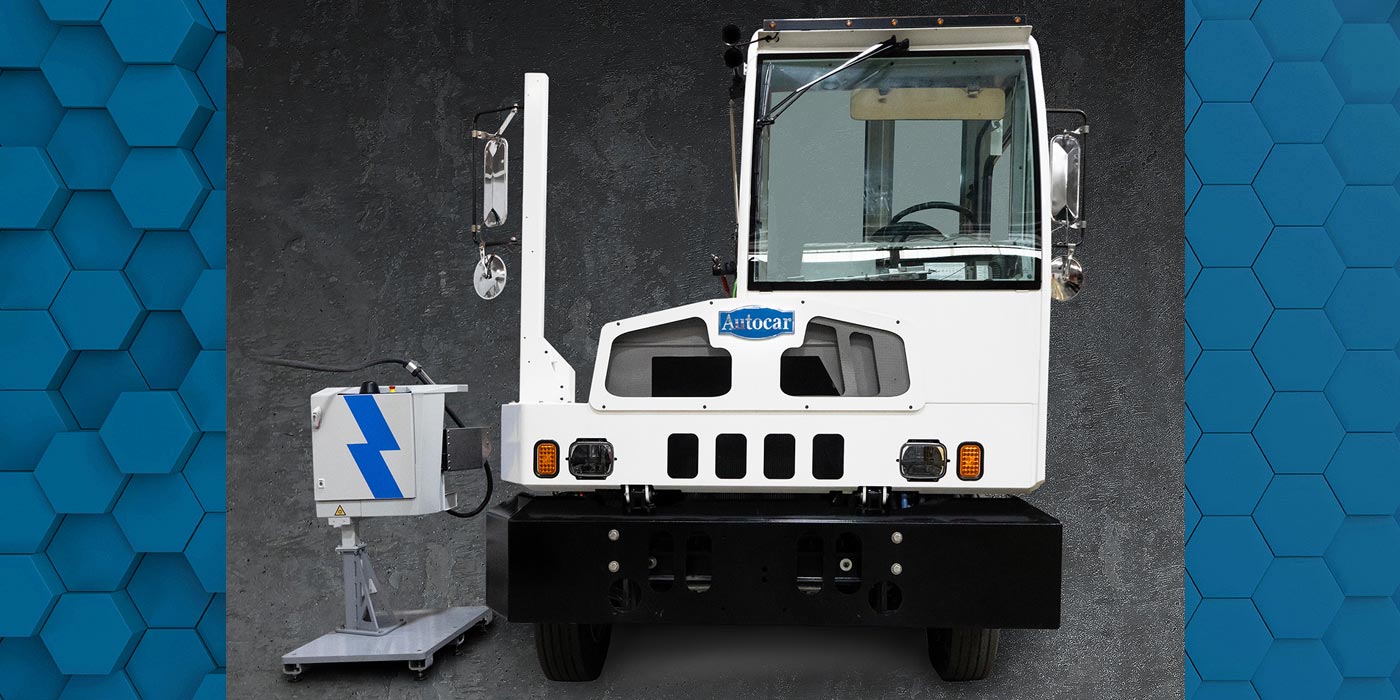The transition to battery electric trucks doesn’t happen overnight. It’s a multifaceted challenge, particularly when it comes to developing and installing the necessary infrastructure. Collaboration is the cornerstone of a successful EV infrastructure development and installation—coordinating the efforts of stakeholders such as truck manufacturers, utility companies, charging equipment manufacturers, service providers, and most importantly your fleet’s needs. Not only that, but the financial side offers opportunities and challenges that are specific to battery electric vehicles.
Fleets need a program that can help simplify the process that isn’t any more challenging than current fleet operations—it’s just different.
Volvo Turnkey Solutions, for example, manages project cycles, specifications, and ensures alignment among all parties involved. Insights from industry experts Chris Robak, Vice President of Sales and Customer Experience at Volvo Financial Services, and Derek Wilson, Infrastructure and Charging Manager at Volvo Trucks North America, provide a roadmap for truck equipment managers navigating this shift. Watch Robak and Wilson discuss the nitty gritty of charging infrastructure development and dive into topics often glossed over—from financial questions to how stakeholder relationships work in the real world—in the video above.





